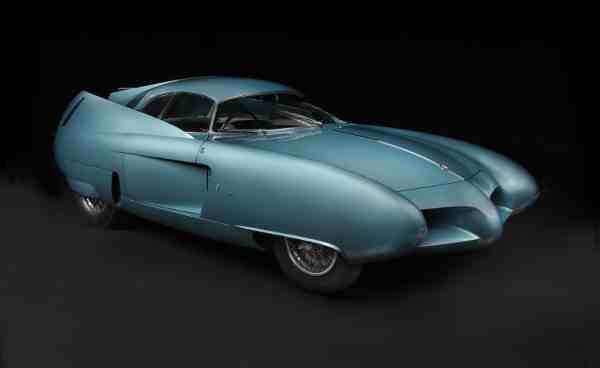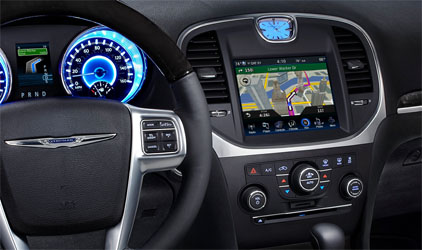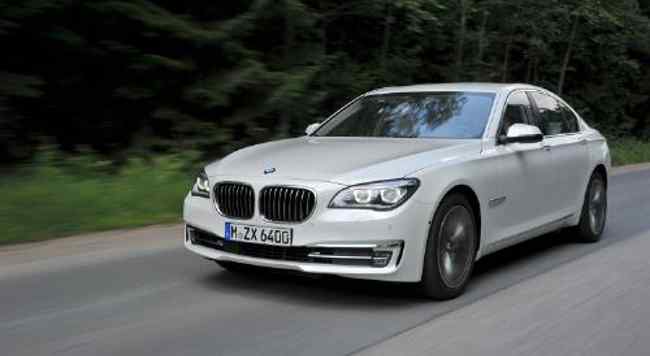Nashville’s Frist Center Hosts Italian Vehicles

Opening May 27, 2016, at Nashville’s Frist Center for the Visual Arts, Bellissima! The Italian Automotive Renaissance, 1945–1975 marks a gathering of rare Italian-designed automobiles and motorcycles in a museum setting.
The exhibition features Italian coachbuilt cars, concept cars, and motorcycles produced during the post–World War II economic revival.
On view only at the Frist Center through October 9, 2016, Bellissima! boasts 22 extraordinary vehicles from private collections and museums that are now among the most sought-after collector cars in the world.
[ Volvo and Ericsson Join Hands for Self-Driving Cars ]
Returning to the Frist Center after the 2013 presentation of Sensuous Steel: Art Deco Automobiles, guest curator Ken Gross has chosen 19 automobiles and 3 motorcycles for Bellissima!.
Highlights include the ultra-rare trio of mid-1950s Alfa Romeo Berlinetta Aerodinamica Tecnicas, known as BATs, whose curvaceous fins and tapered tails suggest the curving wings and bullet-like bodies of bats in flight.
The 1962 Ferrari 250 GTO is considered by design critic and exhibition catalogue contributor Robert Cumberford to be “the most desirable of all sports cars ever made.”
The Lamborghini Miura, celebrating its 50th anniversary this year, is a technical tour de force and as Ken Gross writes in the exhibition catalogue, “resembles a stiletto on cast magnesium wheels.”
The drastically slender 1970 Lancia Stratos’ mere 33-inch-tall wedge-shaped body has doors that open vertically rather than swinging outward.
[ Can Technology Help Autonomous Vehicles Run on Snow? ]
The futuristic, arrow-shaped 1955 Ghia Gilda, named for Rita Hayworth’s slinky character in the film Gilda, has an elongated hood, snug cockpit, pointy rear fenders and jet-like engine whine that evoke advanced aircraft design.
The motorcycles on display are the 1957 Moto Guzzi V-8 “Otto,” a bike revered for its exceptional speed and radical “dustbin” fairing concealing its 8-cylinder engine; a 1973 MV Agusta 750 Sport, widely considered “the Ferrari of motorcycles” for its race-bred handling, brash aesthetics and thrilling exhaust “music”; and the 1974 Ducati 750 Super Sport that, as Gross said, “catapulted the status of the small Bolognese firm from interesting to legendary.”
[ Volvo to Launch a Car Without a Key ]
The post–World War II economic revival in Italy, known as “The Italian Economic Miracle” (il miracolo economico), was a nationwide rebirth driven by innovation in the design of automobiles, architecture, fashion, and furniture.
In Italy’s wartime economy, there was little demand for luxury vehicles, but when hostilities ceased, the country’s prewar passion for road and track racing rebounded with tremendous energy.
“Wartime work in aeronautics helped Italian engineers and designers develop familiarity with aerodynamics, lightweight construction, exotic metals, and technologies such as multicamshaft high-revving engines and power-enhancing superchargers,” said Gross.




